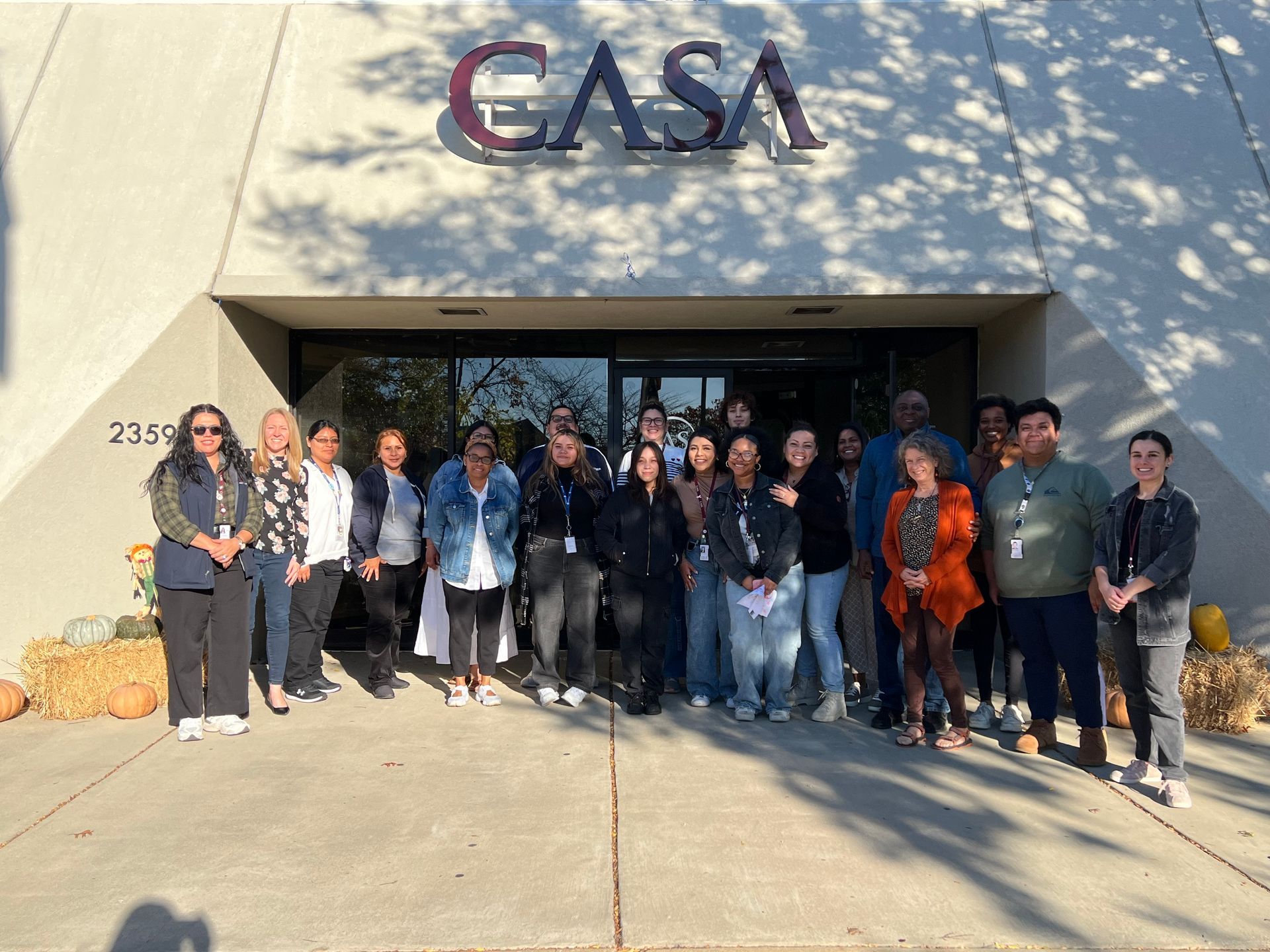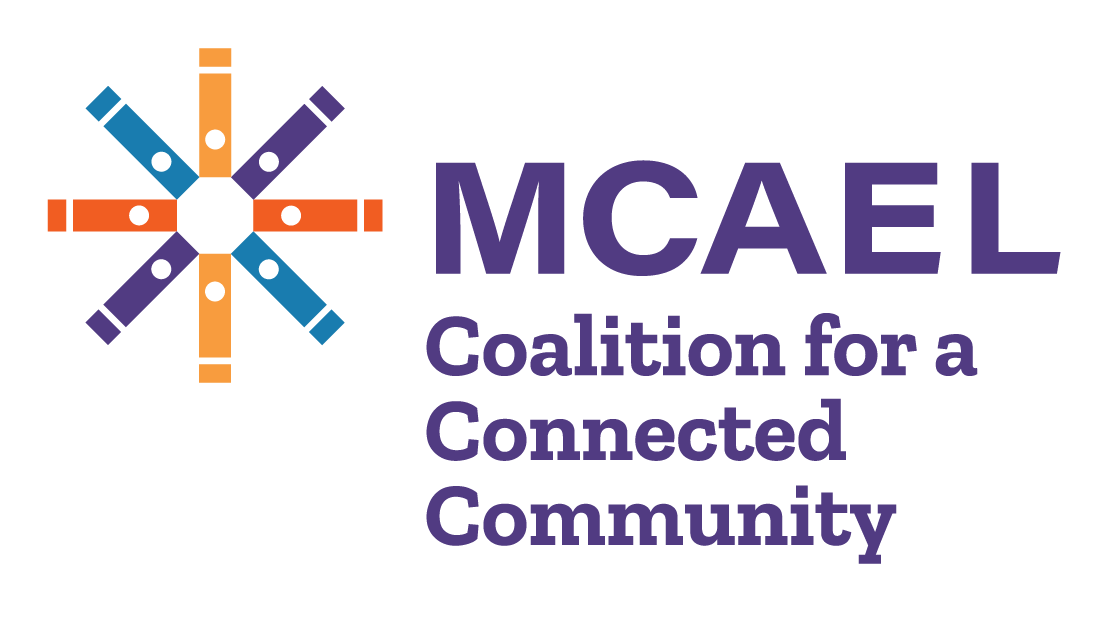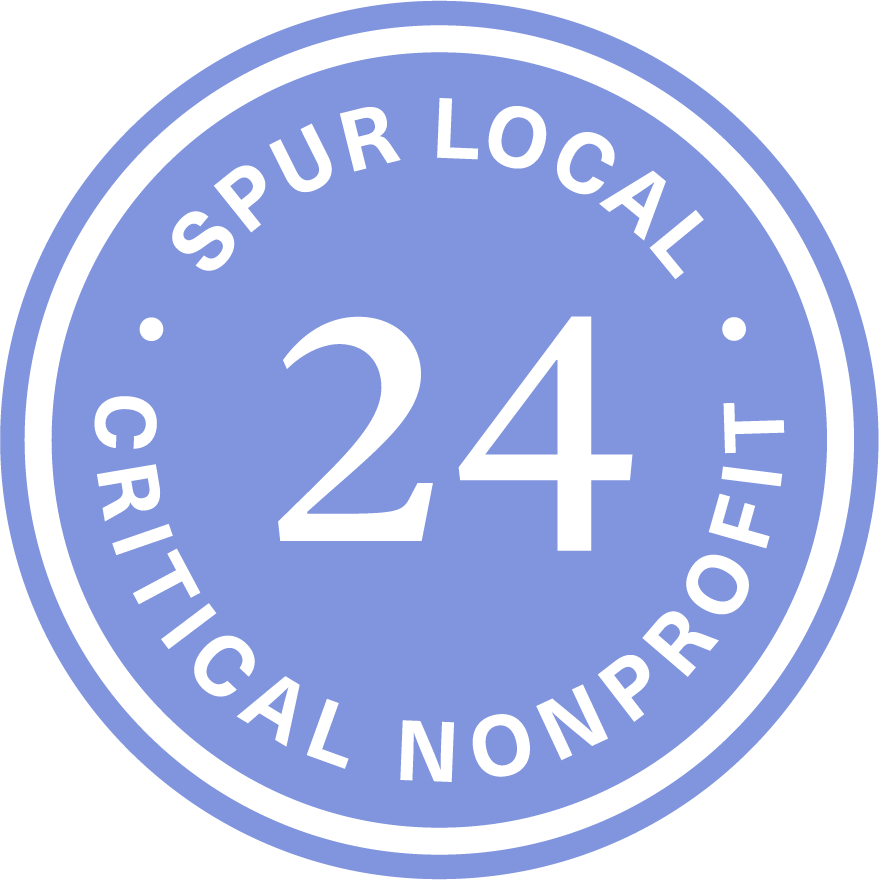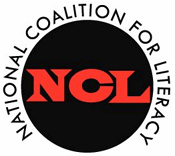Executive Director's Spotlight: Fear in Our Community
Recently, a colleague of mine shared a story from one of the ESOL classes he teaches. A learner told him that every time he leaves his home, he looks out of his window to make sure there aren’t any vehicles nearby that might be ICE. Every day, he has to scan for signs of danger before stepping outside. And that’s just one story. I’ve also heard reports that people who are in the US legally, including American citizens, are carrying their documentation with them every day in case they are racially profiled and targeted by ICE agents. This should give everyone pause.
Imagine looking out your own window every morning, not to check the weather or to see if the bus is coming, but to make sure it’s safe to go outside. Imagine carrying that fear while trying to earn a living, care for your family, or simply pick up a loaf of bread and some eggs.
No one should have to live that way – especially in a community that prides itself on being welcoming and inclusive. Yet for some of our neighbors, this fear has become part of daily life. It shapes whether they go to work, attend classes, or let their children walk to the bus stop.
For those of us working in adult ESOL, it’s a reminder that learning English is never just about vocabulary or grammar. It’s about safety, belonging, and the ability to move through the world without fear. When someone decides to come to class, they’re not just learning a language – they’re choosing hope over fear.
When we talk about supporting English learners, we’re really talking about supporting our neighbors’ right to live with dignity and to participate fully in community life. We may not be able to change every policy, but we can make sure that every classroom, every program, and every interaction reminds people that they belong and are welcome here.











